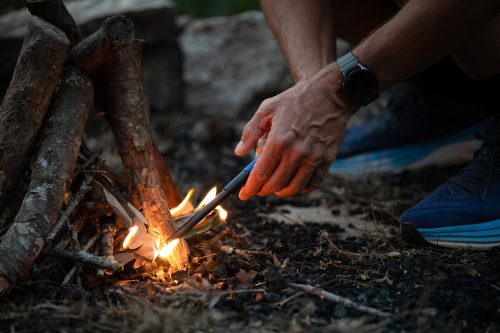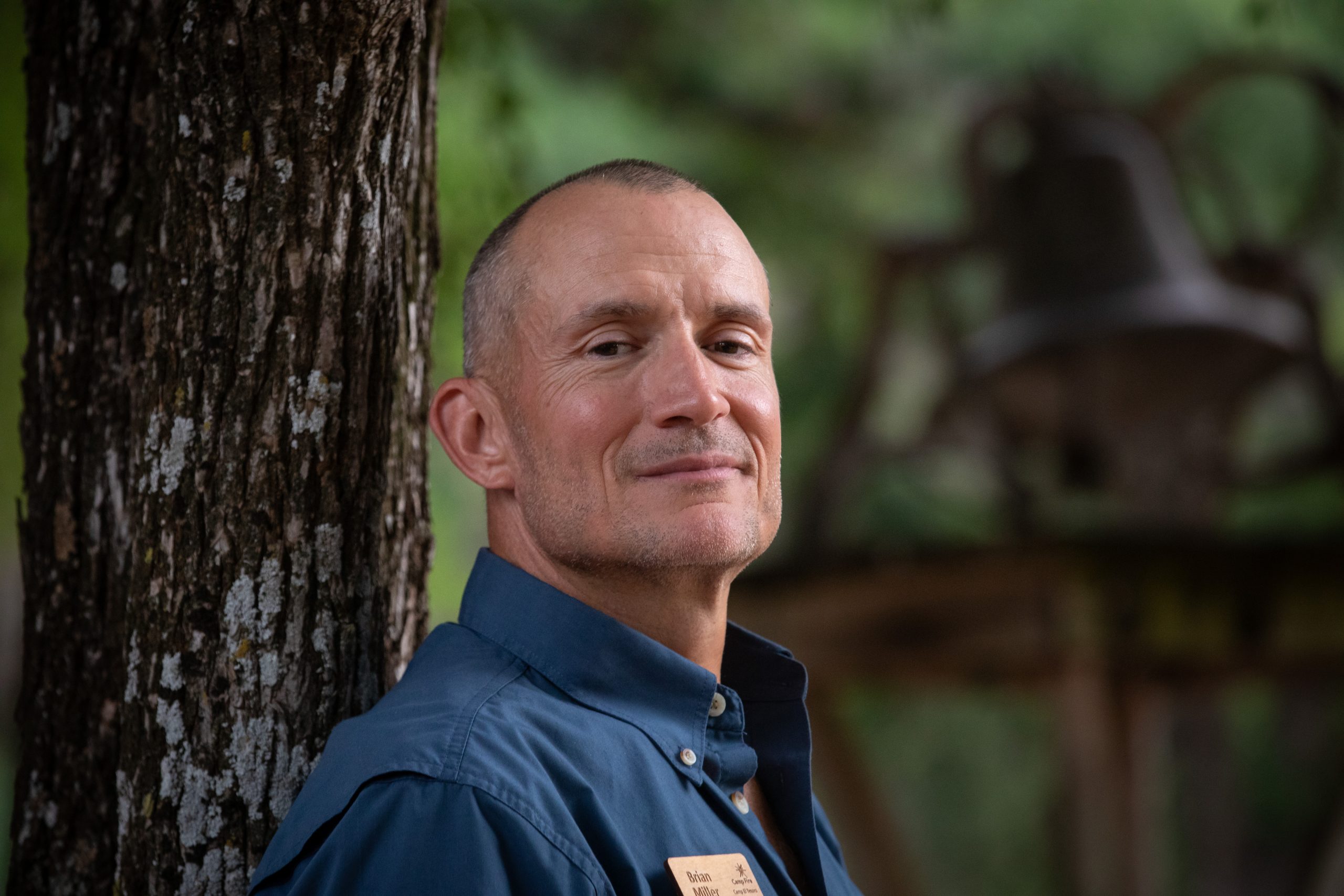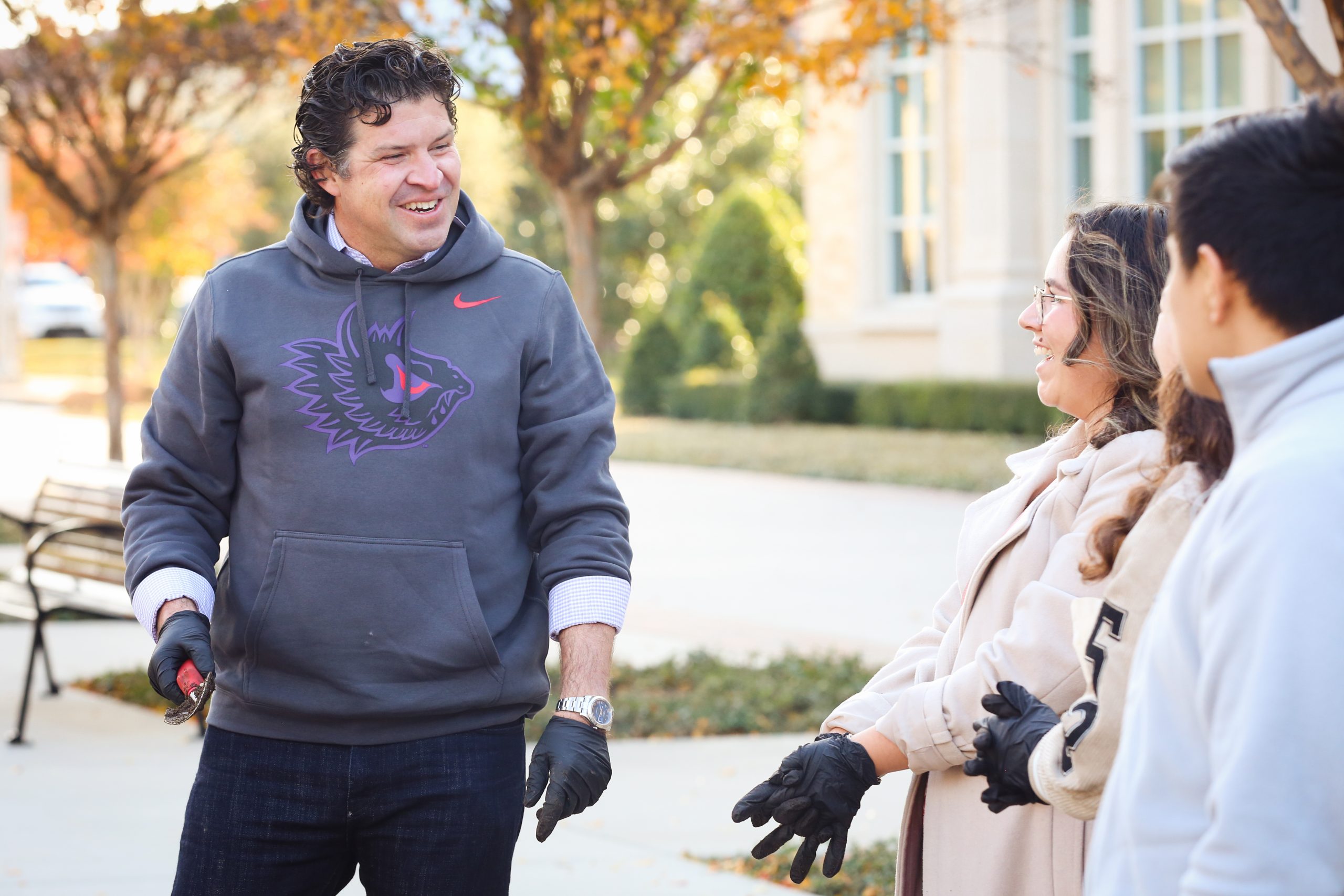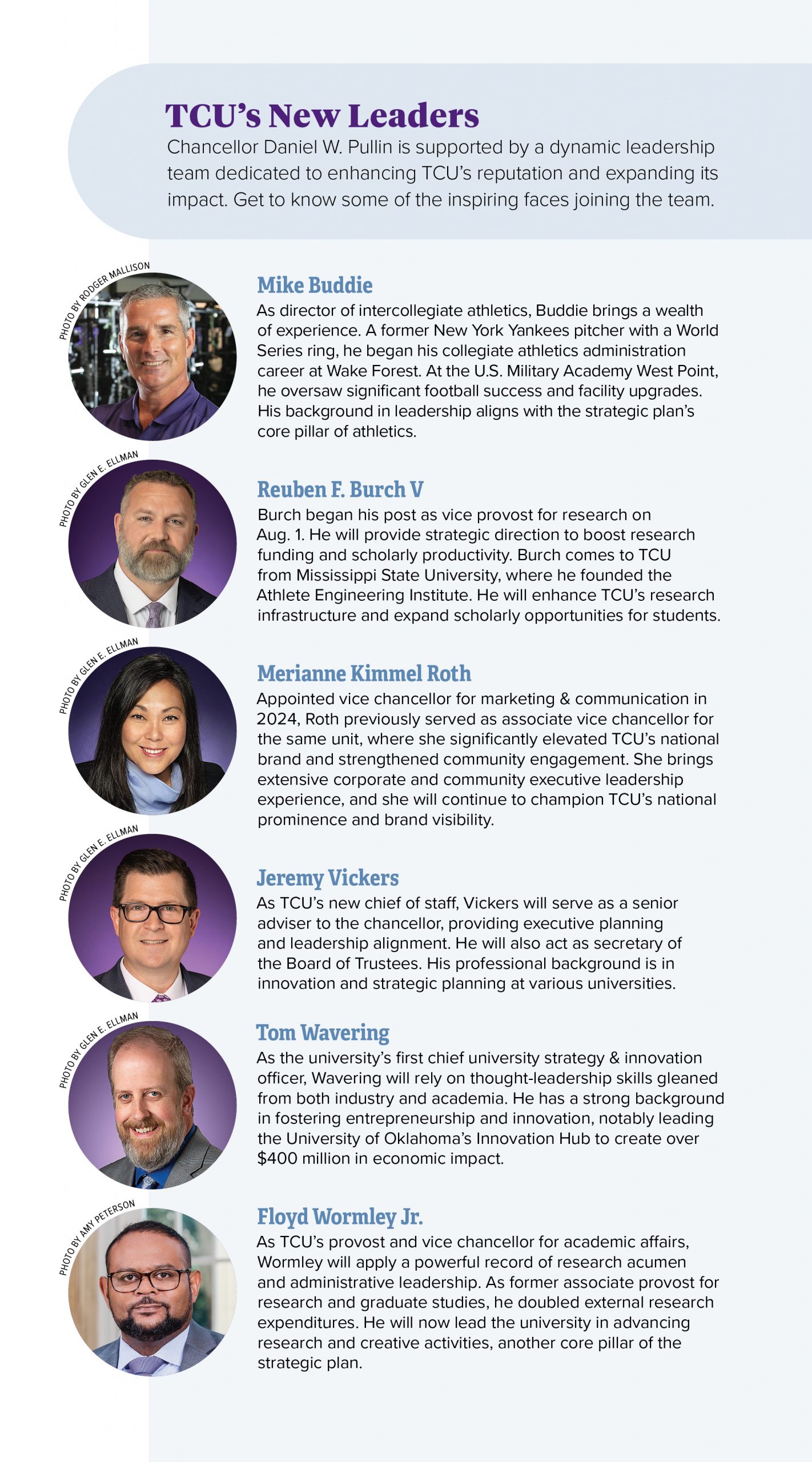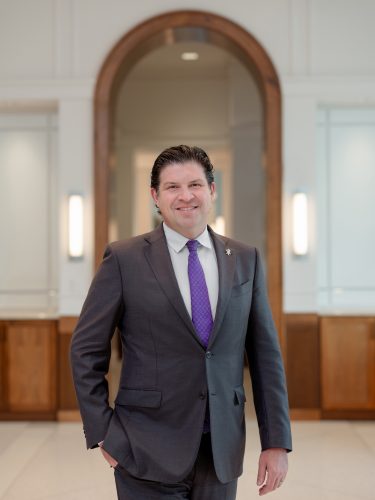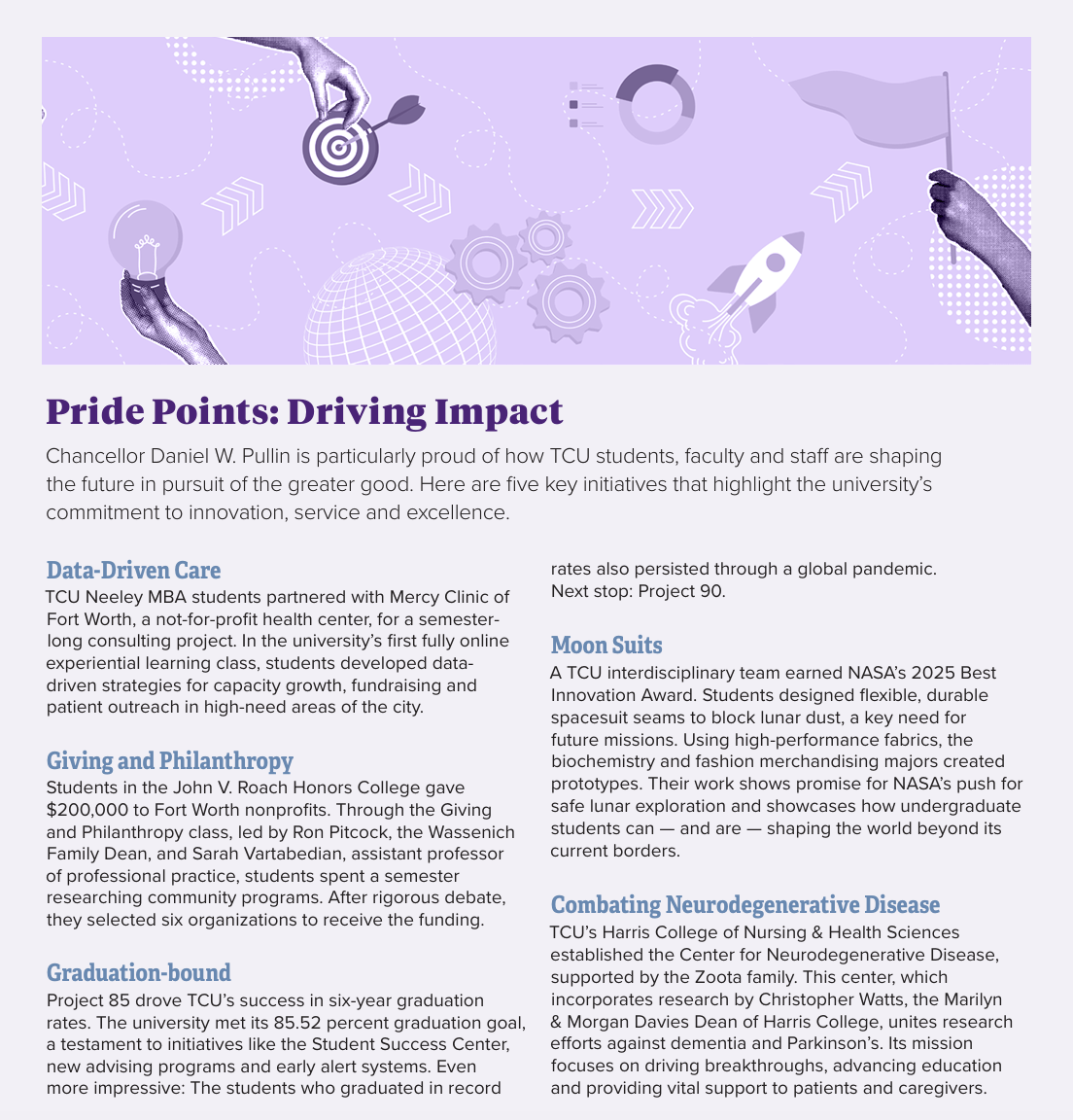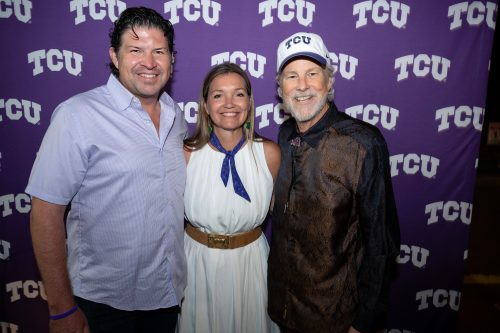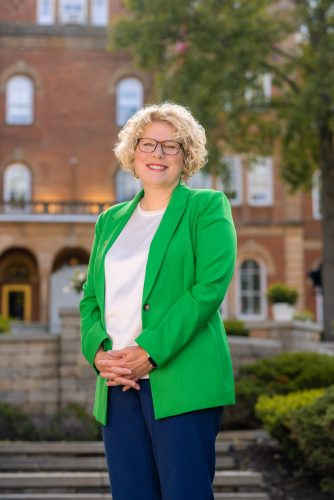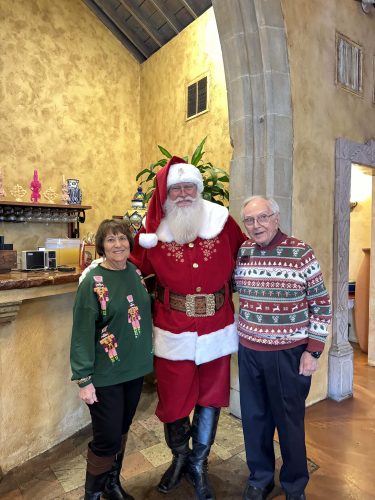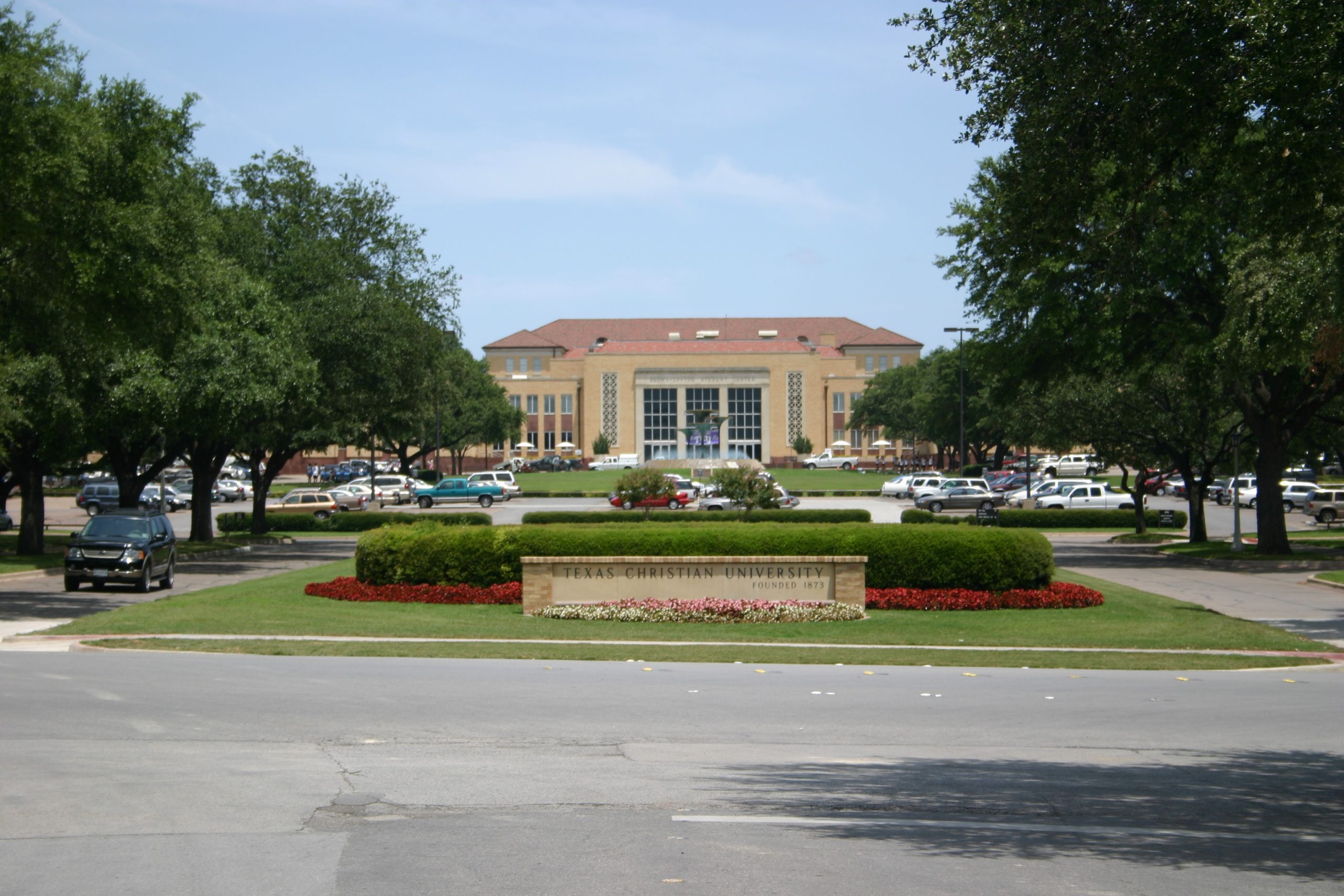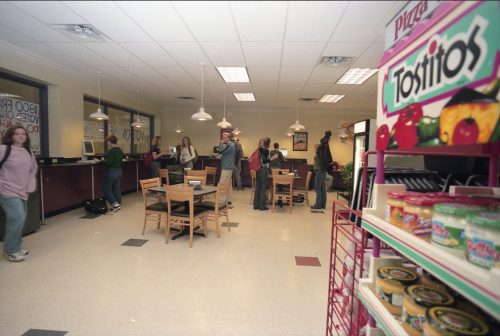The Family Business
Leave a CommentAfter signing with TCU as a three-star recruit and early enrollee from Rockwall-Heath High School, Josh Hoover ’25 saw the field for a single drive during his redshirt 2022 season, attempting and completing one pass in a 59-17 September blowout of Tarleton State.
He came in as the backup quarterback the following summer and was under center full time by the midpoint of the season. Though the Frogs lost four of their final five contests, the then-20-year-old quarterback showed promising signs of explosiveness. Hoover hit the 300-yard passing mark in all but one of those games, throwing for 344 yards and four touchdowns in the finale against Oklahoma.
With Hoover serving as the incumbent, the 2024 season progressed into a star-making campaign.
Aided by a pair of eventual Day 2 NFL draft picks in wide receivers Jack Bech and Savion Williams ’24, team captain Hoover amassed a single-season program record 3,949 passing yards, leading TCU Football to a 6-1 finish to the year and a 34-3 dismantling of Louisiana-Lafayette in the New Mexico Bowl.
Still holding two years of NCAA eligibility, the seasoned signal-caller returns to campus to pursue an energy certificate with the TCU Neeley School of Business and for another run with the Horned Frogs this fall.
“He’s done a tremendous job leading our football team,” said offensive coordinator Kendal Briles, “and willing us to victory in some cases.”
Your sister is a sports journalist for Channel 5 in Oklahoma City, your brother is a college baseball player and your dad and grandfather were in the NFL. What was it like growing up in a household with that level of collective sports obsession?
It was always a part of our lives. My parents never pushed it on us. My sister didn’t really play sports; she danced and did stuff like that. But for my brother and I, it was something we grew up with. We wanted to be like our dad, wanted to be like our grandpa. It was all we ever really knew. The motivation growing up was to play sports at a high level, play in the MLB or the NFL or whatever it was. We didn’t care. We just wanted to play and be active and be the best we could at whatever we did.
Who was your hero growing up?
I’ve looked up to my dad a lot. I thought he was the coolest guy in the world, that he was able to play football and play at a pretty high level. And so I always admired that and hoped I could be there someday. That was something I looked forward to trying to do, to be more like him.
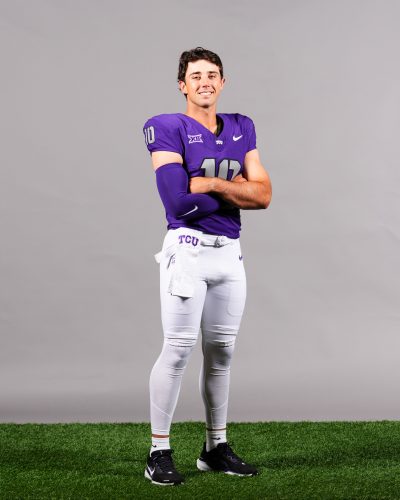
Josh Hoover may hear his name called in next April’s NFL Draft. Courtesy of TCU Athletics
Growing up, we would always ask questions, and he would answer. He would say NFL stands for “not for long.” He had a short stint there, and he would always talk about saving money and how some guys aren’t as smart with their money and other topics like that, and we just ate it up. Anything that was sports-related, we loved it. So yeah, we’ve had conversations about what to expect. I think coming to college gave me more insight and more perspective than a lot of other guys.
My whole life, my dad had told me every level you go, it restarts. You’re not gonna be the guy when you show up in college. You’re gonna be the fourth, fifth guy, and you gotta work your way to the top. A lot of kids come in here, and they don’t understand that. They think you can just come in and start or come in and have success and that’s not how it works. So I always understood that approach and understood the way it was gonna have to be in order to be successful. And that was an advantage to me.
You were an entrepreneurship and innovation major. Did you grow up with an interest in business?
My dad runs his own business there where we grew up, so I was always around that and saw how he was his own boss and thought that was pretty cool. He could go play golf and do different stuff throughout the day. That was always what I saw: my parents running that business. And so that’s what I thought I would do — be my own boss someday. Hopefully, that’ll come true after football. I always had a mind for understanding how a business works. I was always asking questions and hearing how money flows and comes in and out and the different challenges a business faces. And so I was always interested in that.
Has being a football player influenced your approach to academics, or vice versa?
I would say my football habits and work ethic have impacted my academics. It’s not easy to do both, be in the business school and go to all the meetings everyone else goes to, but then be here for seven hours a day and then come watch film at night. I probably don’t have as much time as some other people, but you have to be efficient with your time. That’s something football has taught me. And so I think I carried that over to academics and maintained that work ethic and the expectation of doing things right.
What is your typical schedule on a random Tuesday during the season, from when your alarm goes off to when you go to bed?
On a Tuesday, that’s our big install practice day. I get up at about 5 o’clock, get ready, get up here, get to breakfast. We start meetings at about 6:30. Do that, then practice until about 11. I think I had three classes last year during the fall on Tuesdays, from 12 to 5:30. And then I grabbed dinner and came to watch film at night until 8 or 9, then went home.
It’s a long day. I mean, 5 o’clock to 9 o’clock, you’re doing something. But that’s what I’m used to, and that’s what I love to do. Never once has it felt like a job or a chore. It’s always been a choice. It’s something I always wanted to do. I’m glad it is that way. I think I wanna play football as long as I can. As long as it feels like that, it’s gonna be fun.
Which pro quarterbacks do you look up to, and what have you learned from them?
Matthew Stafford was always somebody I enjoyed watching. Drew Brees, Tom Brady. Brett Favre was kind of at the beginning of my time, but I loved watching him. There are so many guys playing right now that are so talented; Patrick Mahomes doing what he’s doing, Justin Herbert, I mean, there are so many guys.
My approach is to take what I can from every single guy. I think everyone has something you can take and learn from. That’s my approach, just to learn as much as I can, soak that information in and then filter in, filter out what works for me, what’s gonna be best for my schedule, for my body, for my game. That’s how I approach it.
Is there a professor or class you’ve been particularly impacted by at TCU?
Yeah, there’s a professor named Michael Grohman, instructor of management and leadership. He was in the military, a Navy SEAL. So I was always really interested in his class. He taught business leadership and just talked about a lot of different things within business. It wasn’t as much the curriculum that I was interested in; I was just interested in his experiences and things he’s been through from a leadership standpoint. I’m not gonna say football is like the military, but there are some similarities: the chain of command and the leadership aspect. Obviously, they’re doing way more things than we are, so I definitely appreciate those serving. But you know, Mr. Grohman was always helpful in that aspect and gave insight on how leadership works and how to go about your business every day the right way. I learned a lot from his class.
In terms of development, leadership or any other aspect of the football team, what do you think is the most notable change since the 2024 season opener?
I felt like last year, Week 1, we didn’t know exactly what we had. We thought we knew, but we weren’t really sure. A lot of guys emerged last year and came out of the deep water and to the surface. A lot of guys performed. And so, I’m looking forward to seeing that continue this year. The young guys coming up, performing and becoming the people we need them to be is crucial.
Compared to last year, Week 1, there’s more of a defined culture and more of a defined expectation to follow in order to meet a certain standard. And that’s what we’re chasing. Now you go out to the practice field and there’s a certain practice standard, certain practice habits that you’re chasing and you’re not just out there practicing and hoping for the best.
What’s the most ridiculous nickname a teammate has ever given you?
One that comes to mind was from LaMareon James from last year. We called him “Scud” and that’s what he calls himself. So we call him Scud and I guess at Media Day last year in Vegas, I wore off-white shoes and so he started calling me “Off-white Hoov.” He still calls me that. I’ve always thought it was funny. I didn’t even know what it meant for a long time.
What’s one part of playing the quarterback position that people don’t understand?
I think it’s just the ups and downs. A lot of people don’t understand the emotional roller coaster that a quarterback goes through, and it’s because it’s not always expressed. You have to be even-keeled. There are gonna be good drives, bad drives, good throws, bad throws, bad luck, good luck. All these different aspects go into it, and you’ve gotta be steady and be the same guy every single day.
If you could write a letter to yourself during your first year on campus, what advice would you include?
I would tell myself to be patient and continue working hard. It’s hard not to think short-term. You’re in that moment, you want to play and you want that short-term gratification of getting more reps in practice, and it’s hard.
My dad helped me stay mature throughout that process in understanding, “It’s your first spring out here. You’re not gonna get that many reps.” I got three reps of practice every day, and I would walk off the field and I didn’t say it but I thought, “Man, I probably should have stayed in high school.”
But by coming in a semester early, I got my body in a better position and started chipping away.
I had scout team reps against Dee Winters and Josh Newton ’23 MLA and all these guys who are great players. And I started chipping away, chipping away, chipping away. Then, a year later, I get a chance to compete for a job, come back up and get the job in the middle of the season. And it’s just this slow process, and it feels like forever, but when you look back, it’s all worth it.
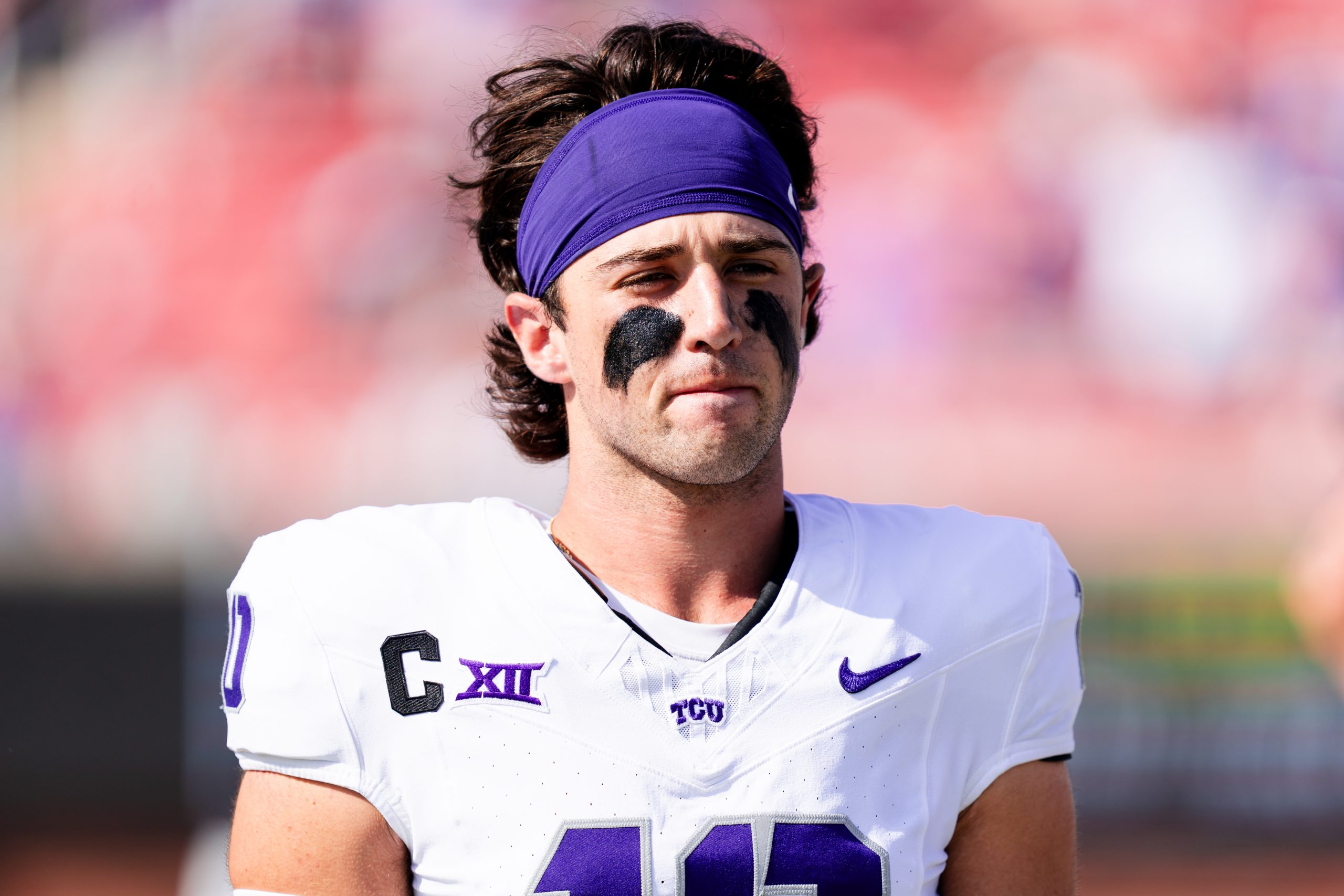
Josh Hoover led the Big 12’s No. 3 scoring offense in 2024, guiding the Frogs to a 6-3 conference record and a blowout win against Louisiana-Lafayette in last December’s New Mexico Bowl. Courtesy of TCU Athletics
When you go up against a team in North Carolina led by head coach Bill Belichick, who has won eight Super Bowls and is widely considered one of the greatest defensive coaches in history, does your approach change?
It’s another first game of the season. Obviously, I think we all have respect for Coach Belichick and what he’s done for football. Every single guy that plays football, we’re all football fans and so we’re appreciative for what he’s done for the game. But as far as playing that game and playing against that team, we’re playing North Carolina. We’re playing their players.
He’s been a great coach and a really successful coach. But at the end of the day, you’re playing guys on the field and so it’s still the same game plan for us. We’re gonna go out there, line up and execute our stuff, do what we do. And there’s not gonna be an ounce of fear, I’ll tell you that.
What do you want your time at TCU to be remembered for?
Everybody wants to win games, to win Big 12 Championships. You want to be a part of that. But at the end of the day, I just want people to remember what kind of guy and teammate I was. That I was there for the guys and really cared about them, not just as a football player but as a person.
Whenever I’m on my deathbed, hopefully a long time from now, nobody’s gonna be bringing the Big 12 trophy in there. It’s gonna be people that I love and care about.
And so that’s what I want people to remember about me, just the kind of guy I was on a daily basis.
Editor’s Note: The questions and answers have been edited for length and clarity.


